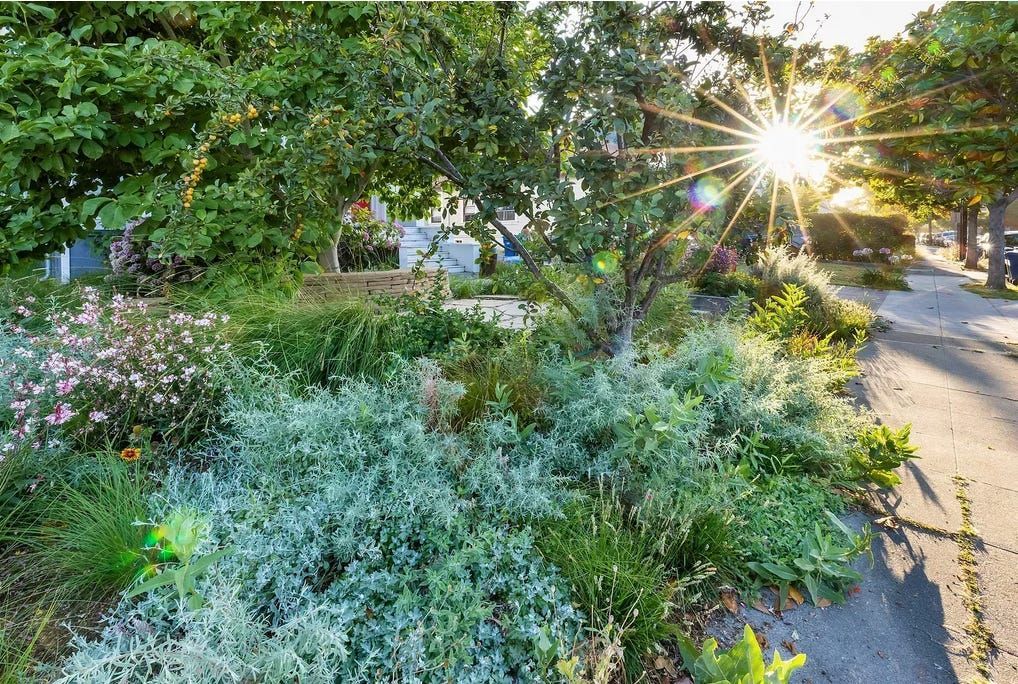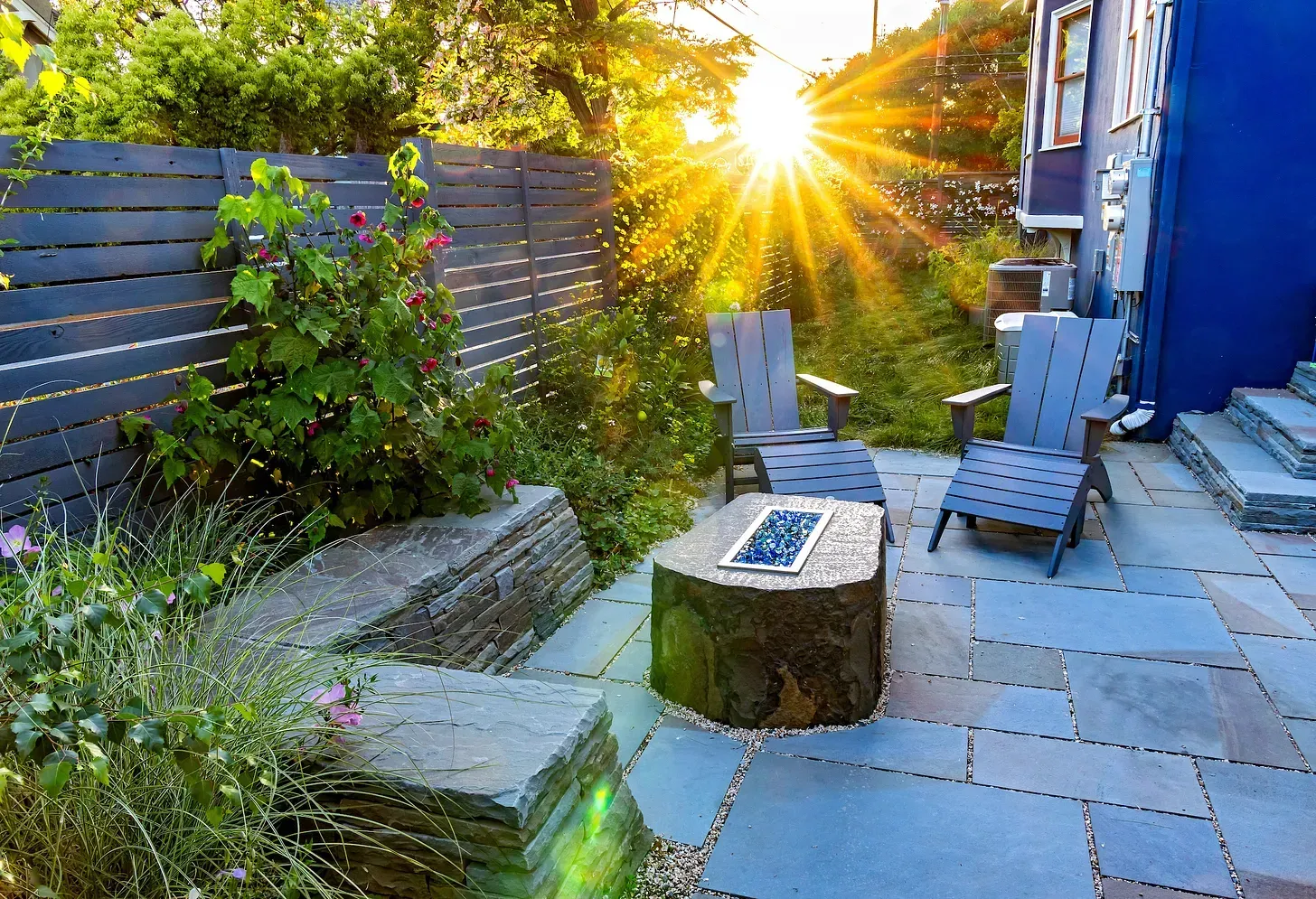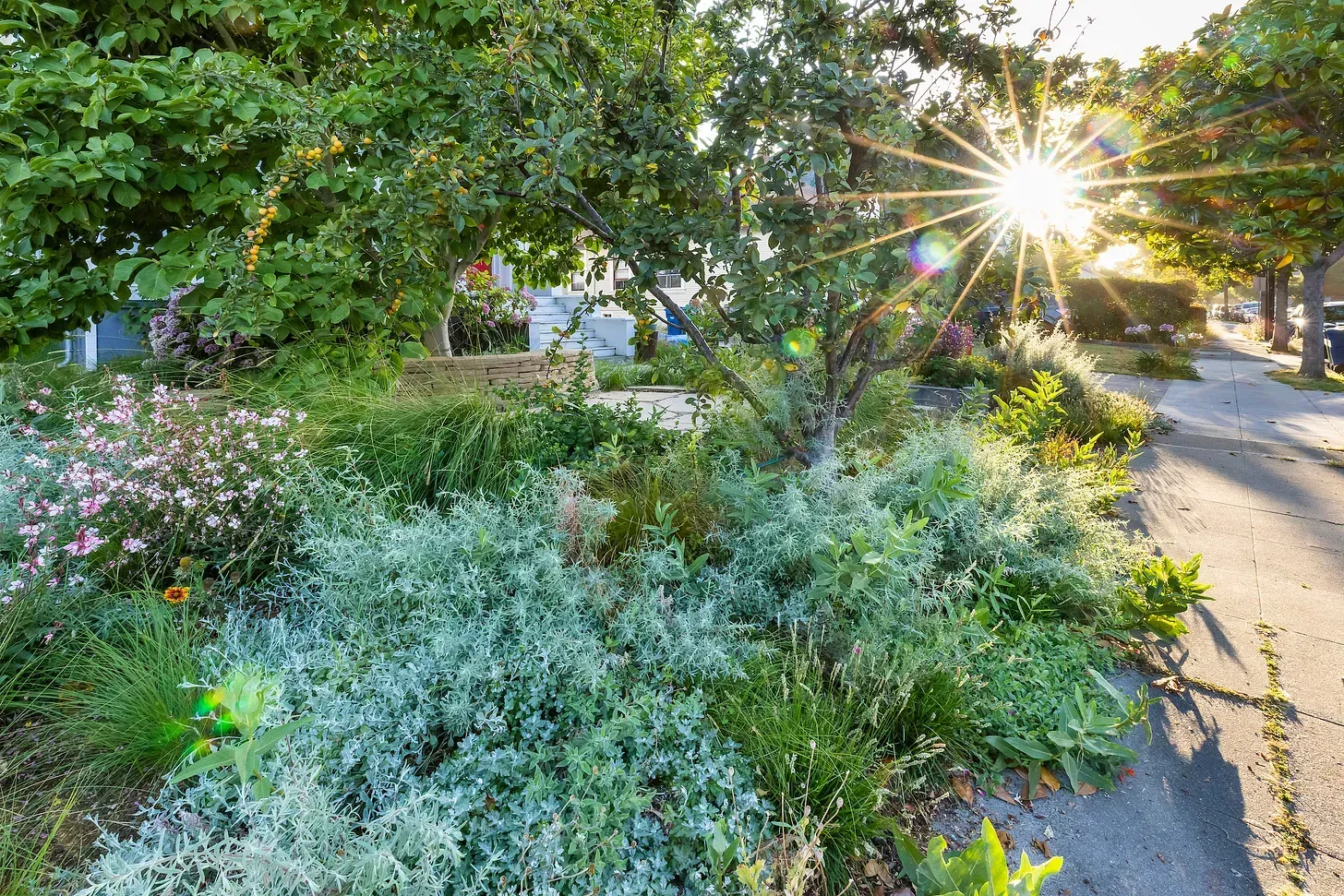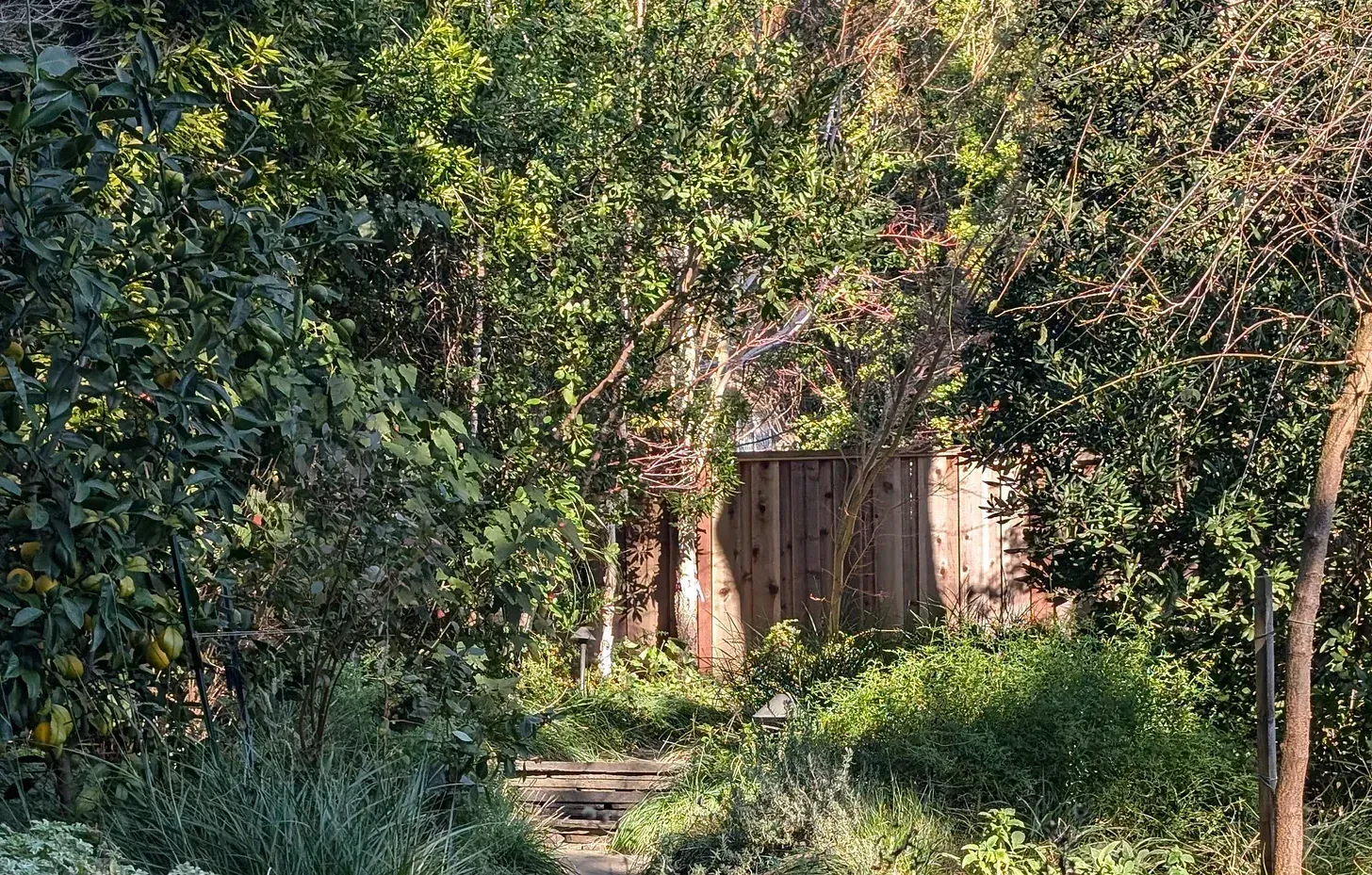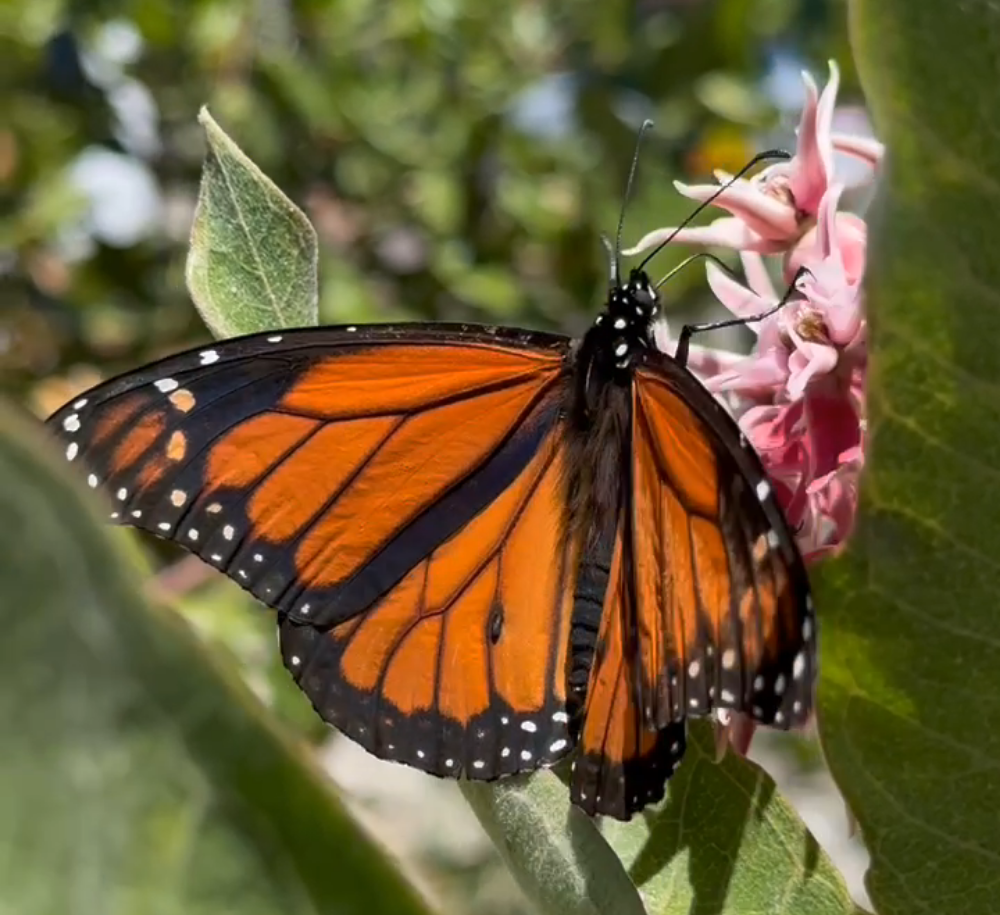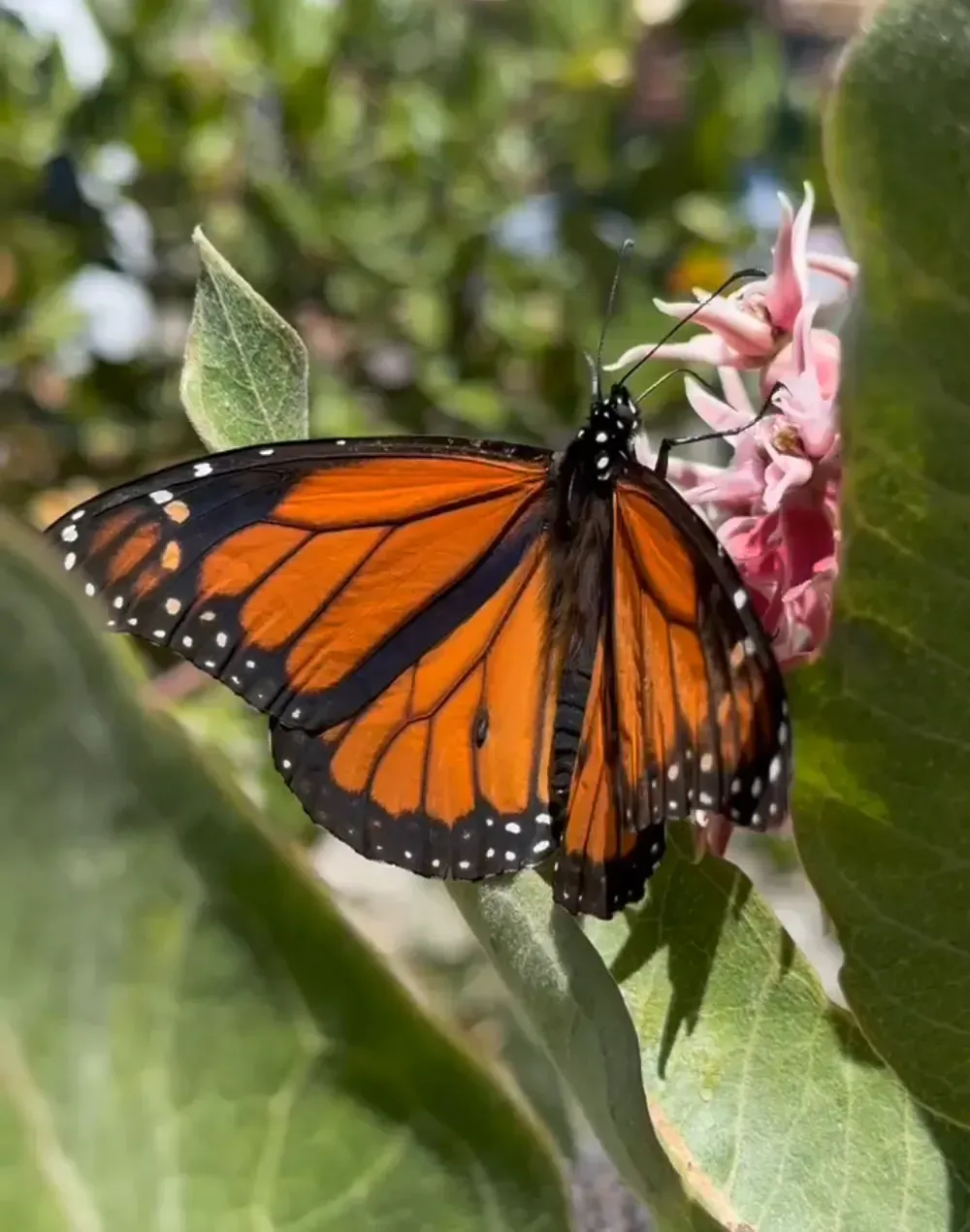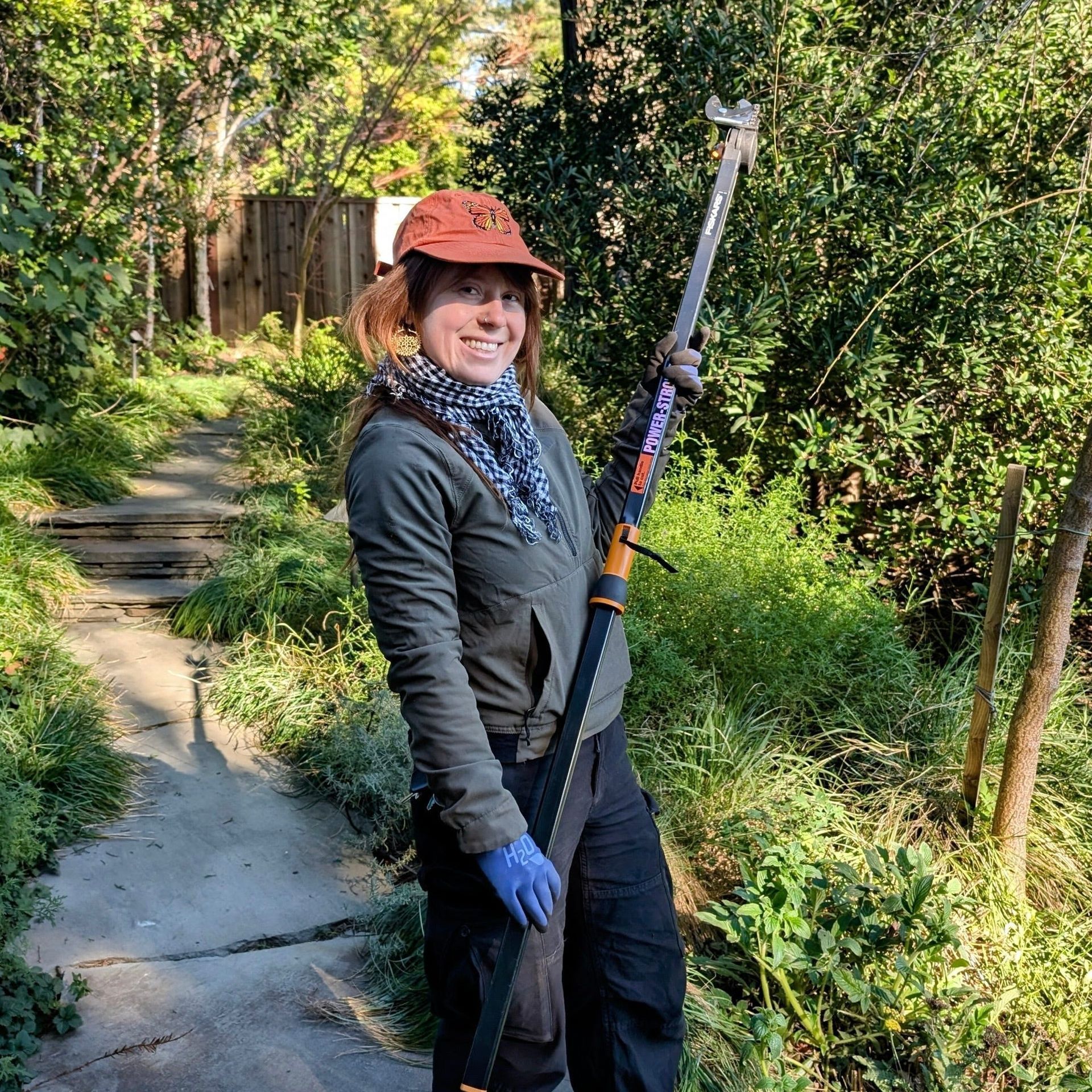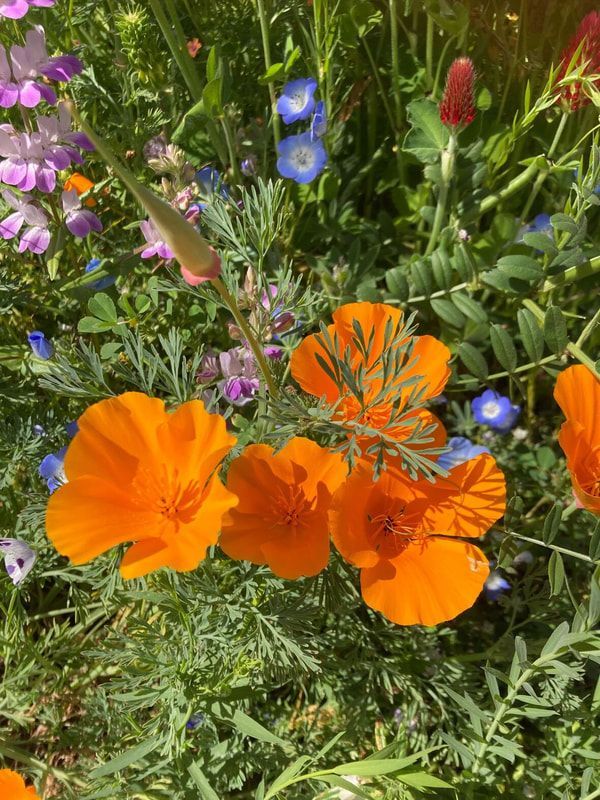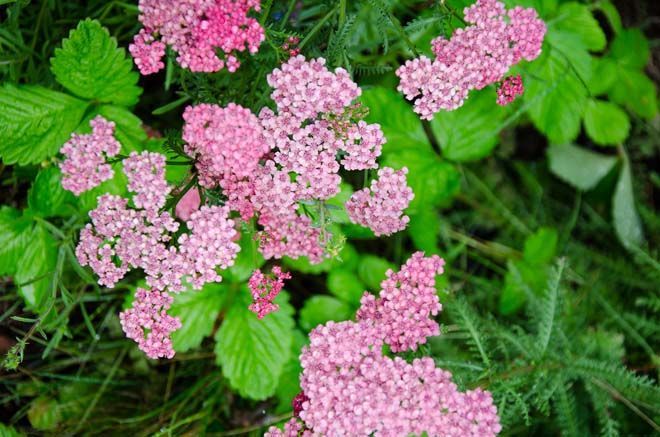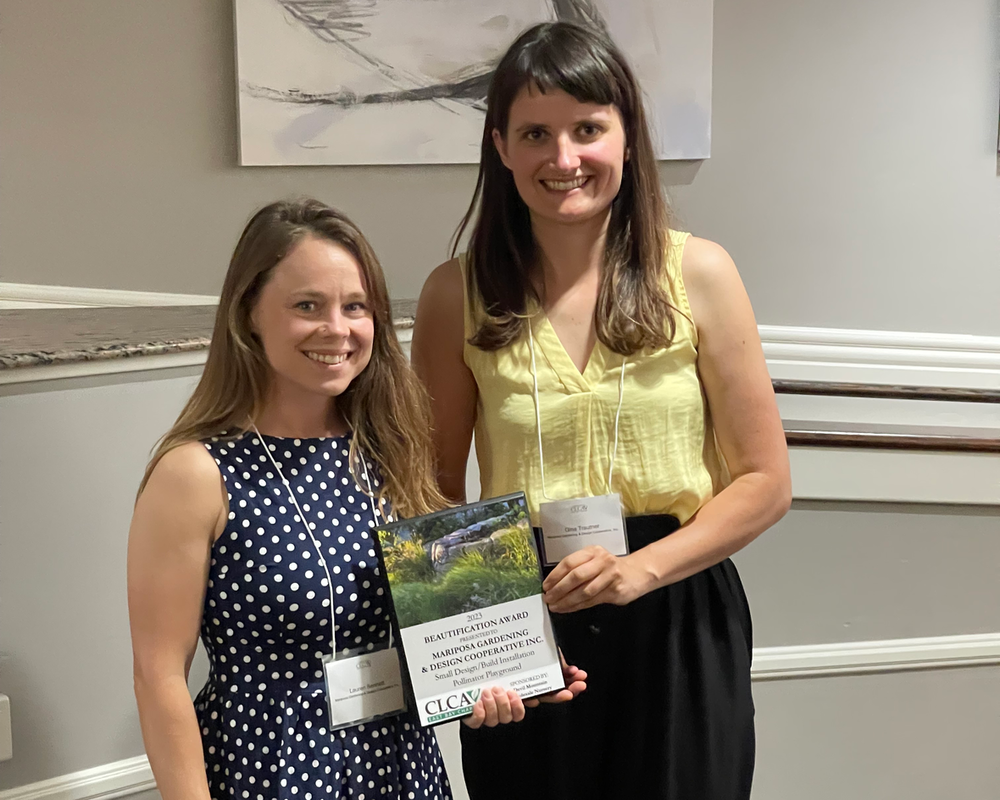Secret Sources of Free Water
Water makes up about 70% of the planet’s surface, and approximately the same percentage of the human body. Water is everywhere. In order to survive, we need it to be available, and we need it to be clean.
During rainstorms, we’ve all seen our streets fill with water as it moves over the asphalt surfaces and runs into storm drains. Here in the Bay Area, rain water runs from our roofs, driveways and streets, down storm drains, and into the San Francisco Bay. Not so bad, you might think, the Bay needs water to keep it filled, right? The truth is, as the water flows over rooftops and paved surfaces, it picks up all of the pollutants that have accumulated on them, including dirt and dust, gas and oil from cars, and pesticides and fertilizers from our gardens and lawns. All of these sediments and poisons end up in the San Francisco Bay, polluting it every time it rains.
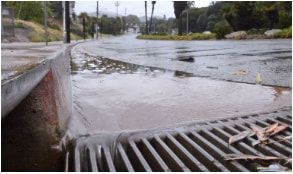
In a natural environment that water would stay on the land, filtering into the ground where it would be purified through plant roots and soil. A typical roof can catch thousands of gallons water every time there's a rainy day -- but we waste this valuable resource when we don’t create conditions that allow the water to remain on the land where it falls. And the pollutants carried in water that moves over impermeable surfaces before entering our waterways without first filtering through soil eventually affect the health of the entire local watershed and beyond - and our health as well.
Fortunately, there are many ways that we can harvest the water that falls on our property, and keep it there for a more ecologically useful benefit. The first way is simply to remove non-permeable concrete surfaces so that water can percolate back into the soil and recharge the groundwater in a healthy way. In addition, the water that we keep out of the storm drains makes the soil we garden on more saturated, and most importantly reduces the need to add water. Another way is to harvest the “greywater” that comes out of our washing machines, bathtubs, and showers.
Seasonal water storage is another way to harvest rainwater, and at Mariposa, we do seasonal water storage with a thing we like to call Dragonfly Ponds.
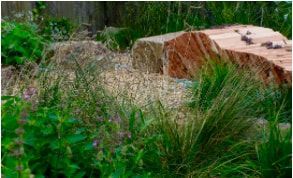
Dragonfly Ponds
Dragonfly Ponds are one of our favorite ways to harvest water. These water features capture the rain that falls on your roof by redirecting your downspout to deposit rainwater directly back into the ground rather than piping it out to the street. By retaining this water, Dragonfly Ponds create a water source for pollinators, particularly dragonflies. Rainwater is moved to a depression in the garden that’s filled with drain rock and decorative gravel. Water collects in the depression, the pit fills, and over the next few days the water drains back into the earth. This action of filling and draining, paired with grasses planted around the pond, creates the kind of muddy grassy conditions that dragonflies like to lay their eggs in.
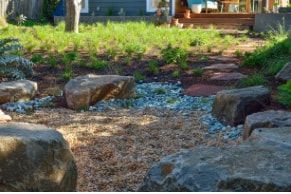
The benefits of a Dragonfly Pond include the addition of another layer of habitat to your garden, which in turn attracts flora and fauna that need it. In addition, the water that would have flushed pollution into the Bay is now recharging the groundwater table, and keeping water fresh and clean for the health of future generations.
Next up: how to make your garden a place that pollinators will love
